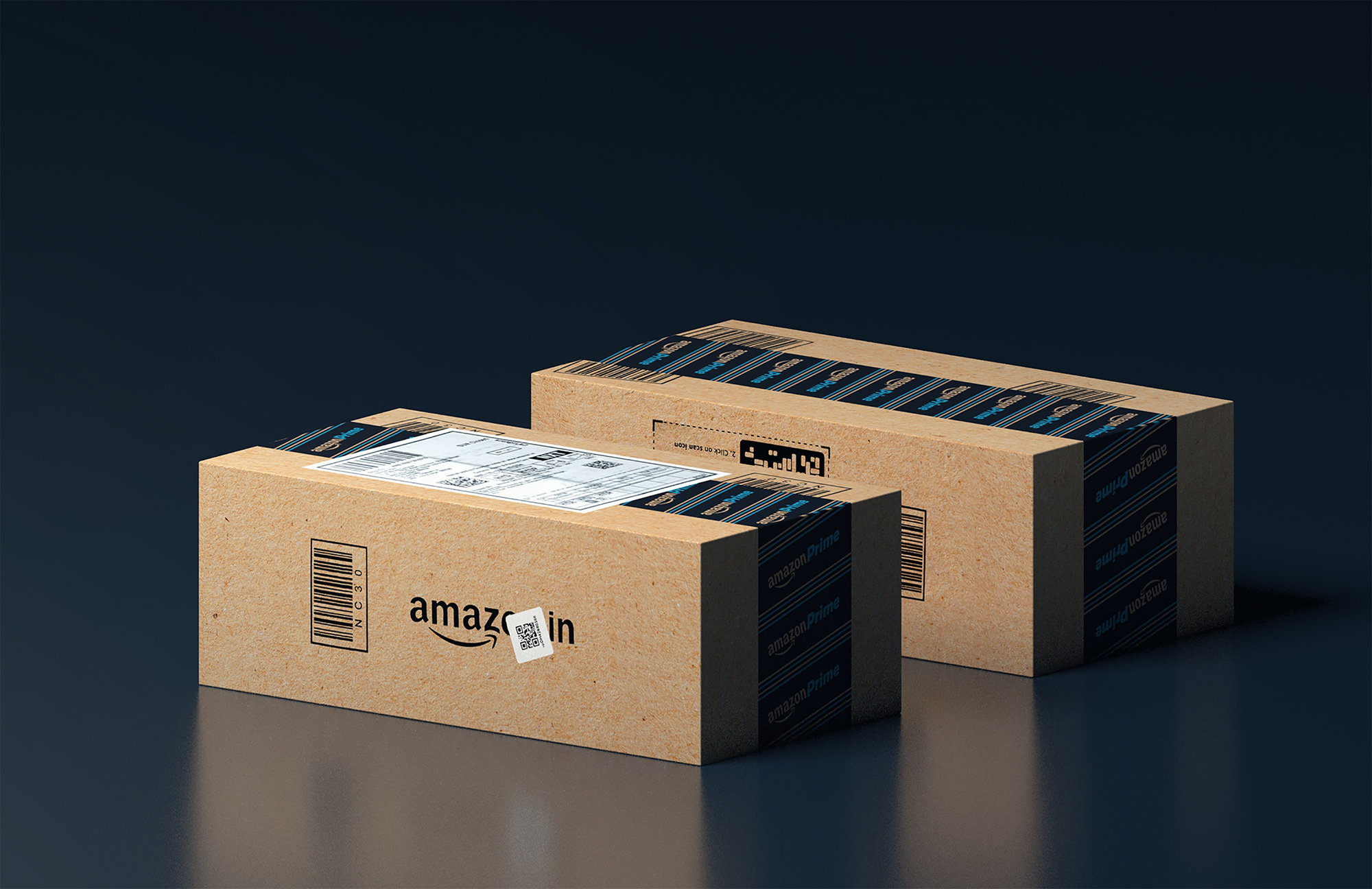Amazon is one of the largest online retailers in the world, delivering millions of packages every day. While this is convenient for customers, it also generates a significant amount of packaging waste, which can have a negative impact on the environment.
In this blog post, we will discuss Amazon’s packaging waste and what strategies we can use to reuse the packaging.
Amazon’s Packaging Waste
Amazon’s packaging waste is a significant concern for the environment.
The company ships millions of products daily, each packaged in cardboard boxes, plastic wraps, and other materials.
How is cardboard obtained?
Cardboard is a widely used material in the packaging, shipping, and construction industries. It is made from wood pulp, which is obtained from trees.

Here’s how cardboard is made:
• Harvesting the Trees
Trees are cut down, and the logs are transported to a pulp mill. The logs are stripped of their bark, and the wood is chipped into small pieces.
• Making Pulp
The wood chips are then cooked with chemicals such as sodium hydroxide and sodium sulfide in large pressure vessels called digesters. This process separates the wood fibers from the lignin, which is a natural adhesive that holds the wood fibers together. The resulting pulp is then washed and screened to remove impurities.
• Bleaching the Pulp
The pulp is then bleached to remove any remaining impurities and to make it brighter. This process involves using hydrogen peroxide, sodium hydrosulfite, or chlorine dioxide.
• Forming the Cardboard
The pulp is then mixed with water to form a slurry, which is poured onto a moving screen. The screen allows water to drain out and the fibers to bond together to form a mat. The mat is then pressed to remove any remaining water and bond the fibers further.
• Drying and Cutting the Cardboard
The mat is then passed through a series of heated rollers to dry it out. The dried cardboard is then cut to the desired size and shape.
• Adding a Finish
Depending on its intended use, the cardboard may be coated with a finish to improve its strength, water resistance, or printability. The finish can be added during the forming process or after the cardboard has been cut and dried.
In summary, cardboard is made by harvesting trees, making pulp from wood fibers, forming the cardboard by pouring the pulp onto a moving screen, drying and cutting the cardboard, and adding a finish if needed. The resulting material is versatile, robust, and widely used in many industries.
This packaging waste can have a negative impact on the environment, including:
Deforestation: The production of cardboard boxes requires cutting down trees, which can contribute to deforestation.
Pollution: Plastic wrap and other materials used for packaging can end up in landfills, where they can take hundreds of years to decompose.
Greenhouse gas emissions: The transportation of millions of packages generates greenhouse gas emissions, contributing to climate change.
Strategies to Reuse Amazon’s Packaging
To reduce the amount of packaging waste generated by Amazon, we can use the following strategies.
• Storage
One of the easiest ways to re-use Amazon packaging boxes is to use them for storage. Boxes can be used to store items in your garage, attic, or basement, keeping your space organized and clutter-free. Simply label the boxes with the contents so you can easily find what you need.
• Shipping
Another great way to re-use Amazon packaging boxes is to use them for shipping. If you sell items online, you can use the boxes to ship your products to customers. This not only helps reduce waste but can also save you money on shipping costs since you won’t have to purchase new boxes.
• DIY Projects
Amazon packaging boxes can also be used for DIY projects. With a little creativity, you can turn a cardboard box into a variety of items, such as a playhouse, storage bin, or even a bookshelf. You can find inspiration and tutorials for these projects online, and they’re a fun way to spend time with kids or friends.
• Donation
If you have an excess of Amazon packaging boxes, consider donating them to local charities or schools. They can use the boxes for storage or shipping, and it’s a great way to give back to your community.
• Gardening
Finally, Amazon packaging boxes can be used for gardening. Cut the boxes into small squares or strips and use them to line the bottom of a planter or garden bed. This will help prevent weeds from growing and can also help retain moisture in the soil.
• Compost packaging materials
Some of Amazon’s packaging materials, such as paper and cardboard, can be composted. This will help reduce the amount of waste that ends up in landfills.
Conclusion:
Amazon’s packaging waste is a major concern for environmentalists, but there are strategies we can use to reduce the impact.
By reusing boxes, donating them, using them for crafts, composting packaging materials, and opting for minimal packaging, we can help reduce the amount of waste generated by Amazon.
We all have a responsibility to protect the environment, and by taking small steps like these, we can make a big difference.
